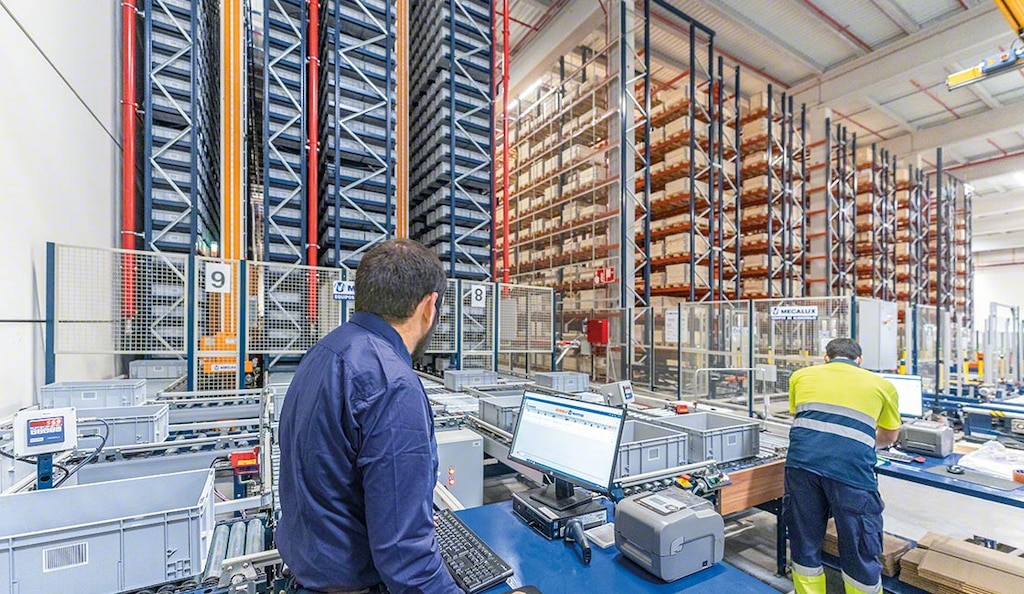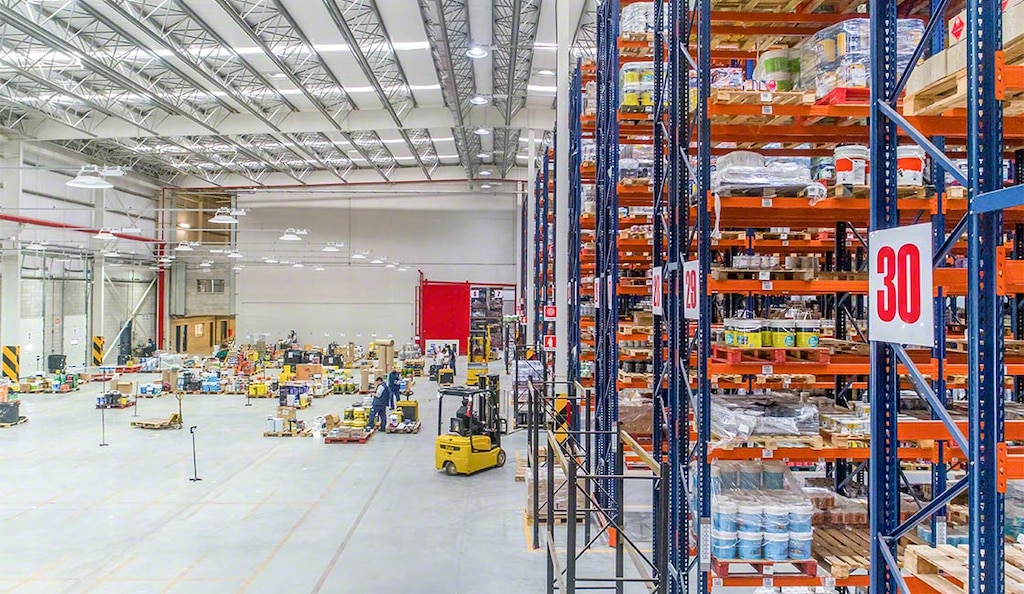
Bottlenecks in business and how to eliminate them
In striving to be competitive, businesses mustn’t neglect any aspect of their manufacturing processes. As small as it may seem, each part significantly impacts results, production times and product quality. Therefore, it’s advisable to closely monitor operations to detect and eradicate potential bottlenecks.
What are bottlenecks in business?
Bottlenecks are created by events that slow down manufacturing processes, prolong lead times and decrease a company’s productivity. These malfunctions or points of congestion lead to reduced efficiency and, often, an increase in the final cost of a product.
Bottlenecks limit business capacity and hold back the pace of project implementation. Many times, they’re the result of obsolete systems or software. But they can also be triggered by employee performance.
Other possible reasons are a lack of organisation and planning, poor internal communication and supplier issues. These obstacles are detrimental to results, so it’s crucial to identify them and take action.
Examples of bottlenecks in business
Manufacturing bottlenecks tend to share common causes, regardless of sector. Here are some examples:
- Personnel-related. An overload of work in one phase of the production chain can slow down the others.
- Lack of communication with customers. Failure to predefine delivery details can cause delays.
- Manual or outdated management systems. Flaws in organisational programs can complicate tasks.
- Duplicate work. To avoid overlaps, it’s critical to define the person responsible for each task and their duties.

How to prevent bottlenecks in logistics
There are various methods for detecting bottlenecks, but they all have some steps in common:
Plan business processes
Mapping your workflows is a good starting point to address potential pitfalls. To do this, a warehouse management system (WMS) will come in handy. You can also use manual tools such as Kanban, Gantt charts or task lists to see how work is distributed and at what point it may encounter a snag.
The Kanban methodology, for example, is based on the use of a board organised into columns. This makes it easy to see which tasks are in progress, which are pending and which have already been completed.
Implement bottleneck prevention solutions
Once you’ve pinpointed the elements causing delays in the rest of the production chain, you can take corrective measures to eliminate bottlenecks:
- Workload. Estimating the staff that will be needed at any given time helps anticipate possible work peaks and staves off bottlenecks. Programs such as Mecalux’s Labor Management System measure a facility’s throughput to optimise logistics processes in warehouses and distribution centres. As a result, operators receive instructions on their scanners and fill orders along the most efficient pick paths, doing away with unnecessary travel. Other ways to avoid overloading work teams are to outsource some tasks to third parties (e.g., logistics providers), plan projects with longer deadlines and beef up your workforce with new recruits.
- Flows of goods. Implementing software that streamlines processes and provides visibility and control over them can make a difference in business performance. Disorderly facilities are prime candidates for bottlenecks. That’s why it’s vital to deploy warehouse management software such as Easy WMS to regulate flows and assign loading docks and storage positions. Easy WMS monitors inventory with total traceability. It enables logistics managers to know the location of goods at all times. Other ways to fend off bottlenecks include using the right type of storage systems for your products — whether manual or automated — and preventing overstock.
- Transport and vehicles. One zone susceptible to bottlenecks is the loading docks. In order not to congest this strategic area, it’s essential to prepare for the arrival of goods in advance. Everyone involved in the process must be aware of what orders are expected and when. Programs like Yard Management System supervise the movement of vehicles and provide data on inflows and outflows. This software syncs loading dock operations to minimise wait times and maintain seamless communication with customers, suppliers and carriers.

Assess changes and performance
After implementing these measures, evaluate the throughput of your action plan to check whether bottlenecks have been eliminated or reduced. You’ll be able to compare the quality and speed of your previous processes with your current ones and the information you obtain will be valuable for avoiding future blockages.
Bottlenecks can be demoralising for staff, so it’s helpful to communicate any changes you plan on making to your team. Additionally, encourage your employees to contribute their own ideas for improvement.
The benefits of banishing bottlenecks
Besides raising productivity, eradicating bottlenecks offers other advantages. For instance, respecting delivery deadlines and maintaining optimal inventory levels will create trust, strengthening relationships with suppliers and customers. In cases where staff is involved, employee satisfaction will also improve.
Need help identifying the logistics obstacles holding back your business and putting an end to them? Be sure to contact us. At Mecalux, we specialise in designing logistics solutions tailored to the needs of our clients, implementing conventional racks, automated storage and retrieval systems (AS/RS) and WMS software. We’ll provide you with guidance on the best way to maximise your facility’s potential.
